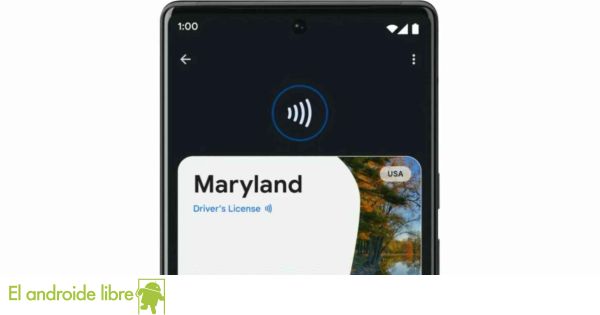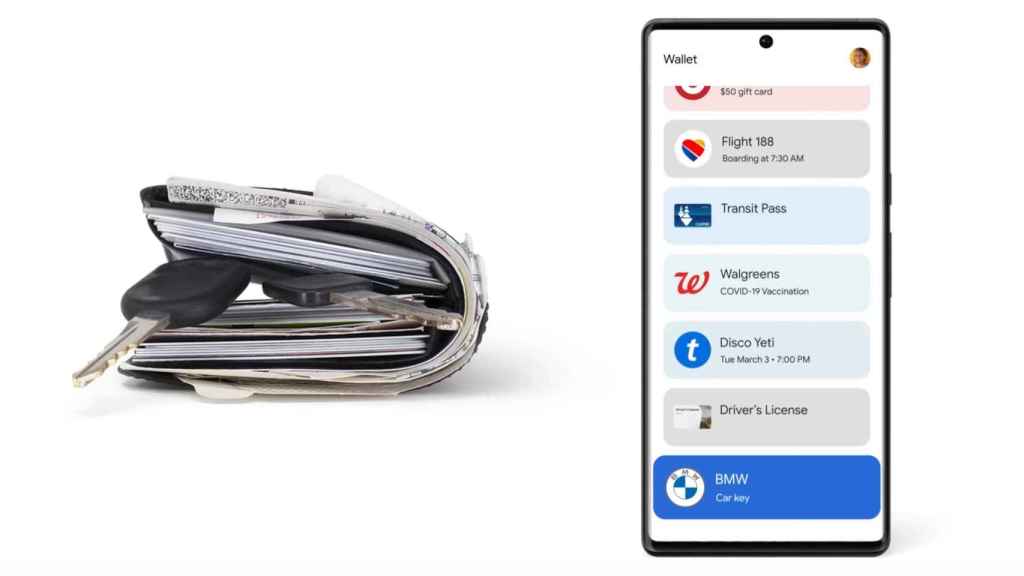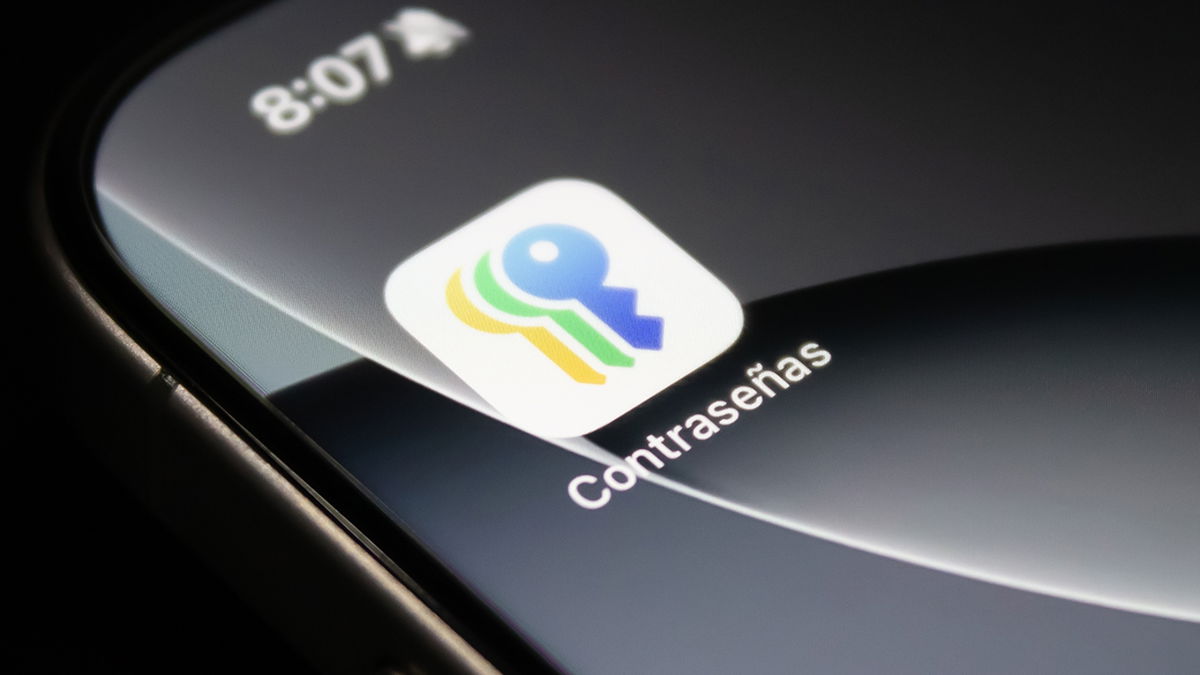In the future, we will be able to identify ourselves by showing our smartphone. There are already plans for this, both at Spanish and European level, and to this we must add application projects such as Google Wallet.
[Google Wallet: cómo añadir tarjetas de supermercado, entradas de cine y más]
So far, the Wallet app is mainly used to store our credit, debit and points cards; in other words, it has more of a commercial function than anything else. But Google’s idea is to go much further, and to store all sorts of maps, including government maps.
ID in Google Wallet
After the initial announcement three years ago, Google is finally testing this feature, but only in the US and only for a small number of users; but that’s already a big step, given that Apple has taken the lead with its own wallet app for the iPhone that’s already capable of storing those ID cards.
Currently, adding an ID card is as easy as adding a credit card, and all you need to do is open the Wallet app, choose the specific option and the state that issued the map. Once scanned, the copy will be stored in the wallet with the rest of our cards, so that we can show it whenever we want.
Card data is stored securely on the device itself and is not transmitted to external servers; They are also encrypted so it is necessary to authenticate with the mobile to be able to see them and share them if we need them.
This card is a virtual copy of the original, but in no way replaces it and it is always necessary to have it with you; the laws are not yet adapted to this type of technology. Even so, at Google they think it might be a good idea to add our card to Wallet, as it can be used in some cases; Specifically, the company recommends showing it at US airports when requested by TSA agents.
At the moment, only the state of Maryland in the United States has joined this beta version, but it is expected that states that already support Apple Wallet will also allow the use of the Google version. On the other hand, the rest of the world will have to wait, because there is currently no legal framework in which these virtual copies can be used, and as we have already said, European governments are already working on entirely virtual versions of their identification documents which should hopefully be compatible with these systems.









